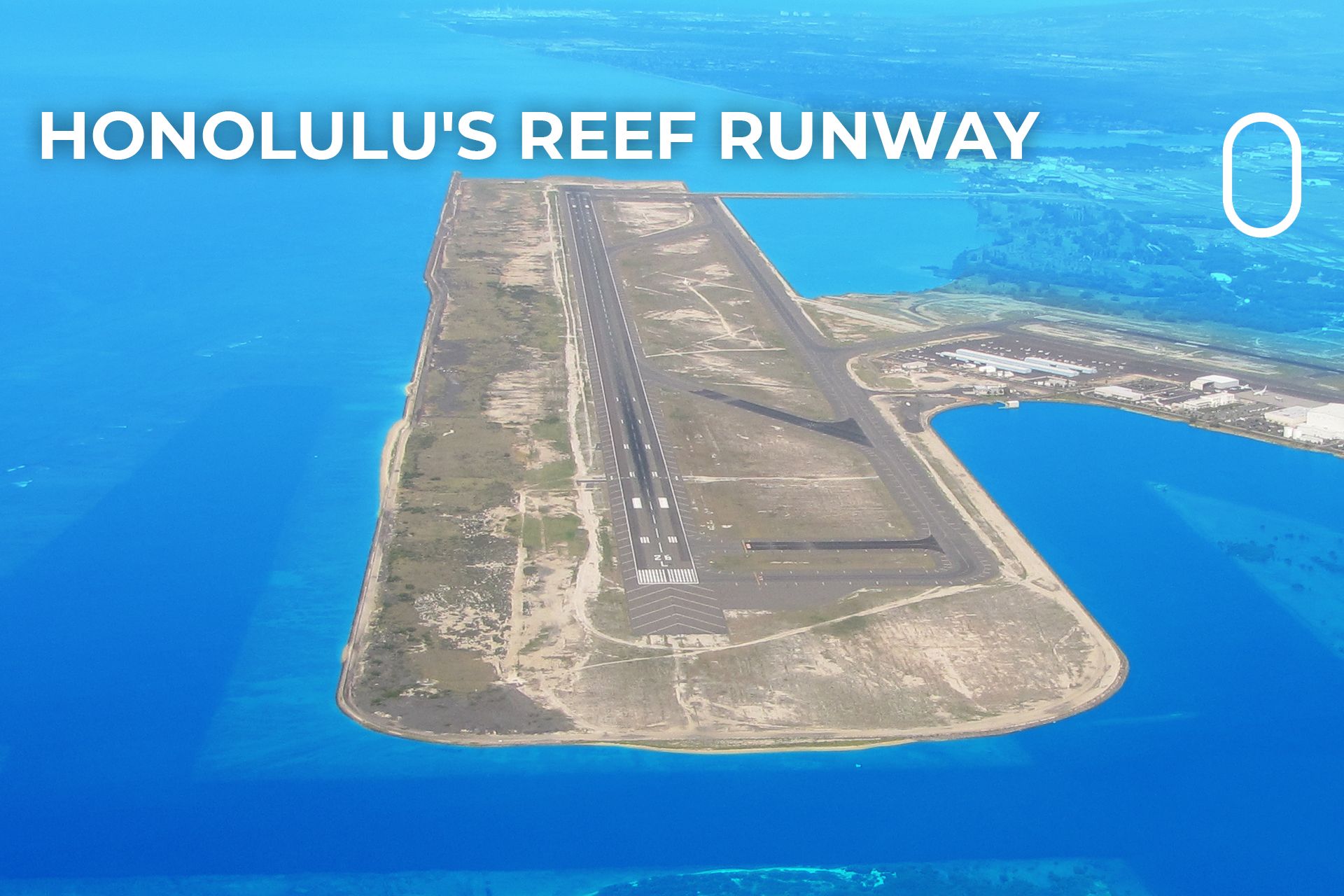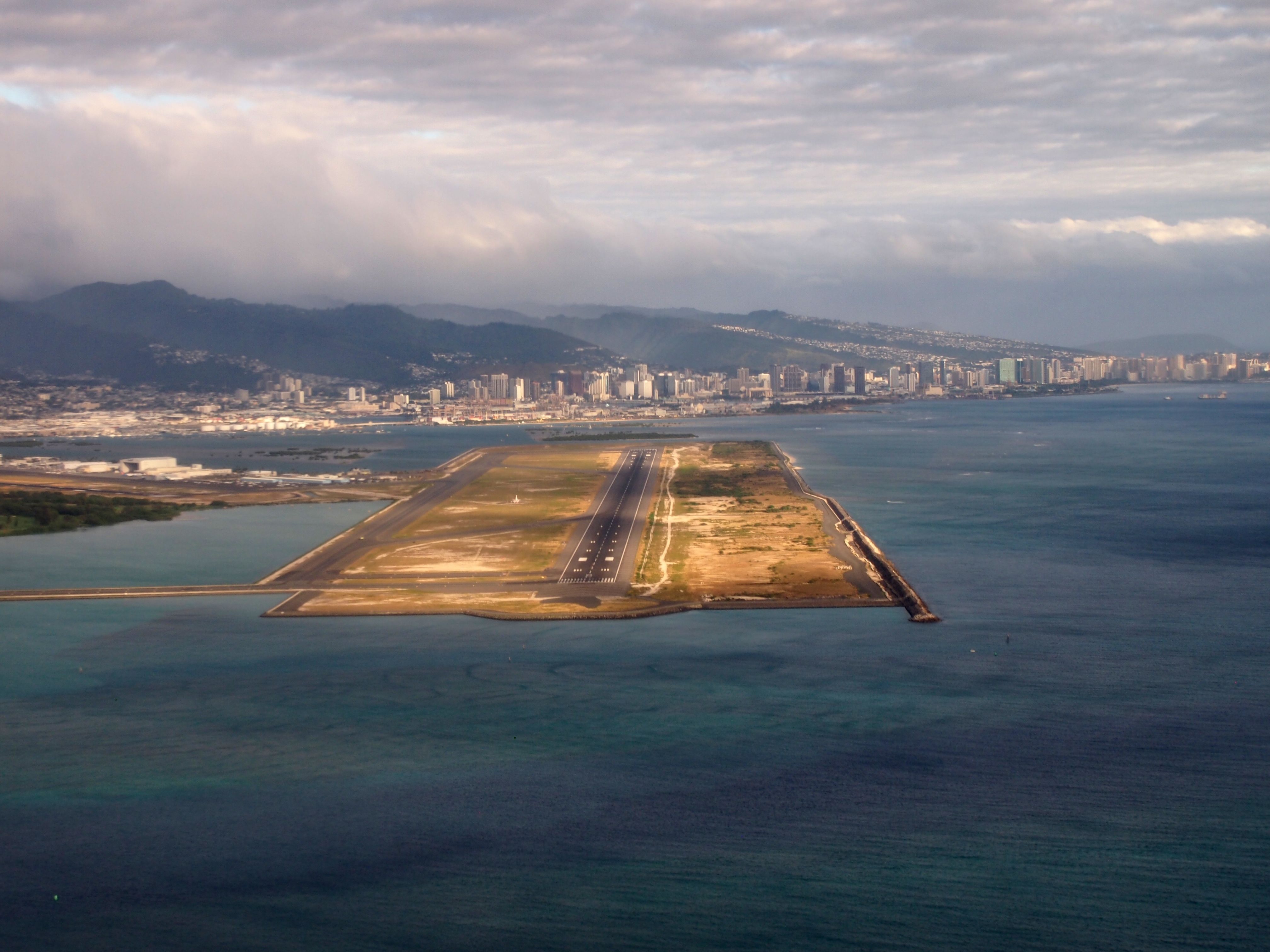Summary
- Honolulu International Airport is served by many American and international airlines on the island of Oahu.
- The revolutionary Reef Runway at HNL expanded airport capacity and connected travelers to other islands in Hawaii.
- The reef runway project, completed in 1977 for $80 million, led to a tourism boom in Hawaii with environmental considerations.
Honolulu International Airport, also known as Daniel K. Inouye International Airport, is the primary facility serving the US state of Hawaii. It is located on the island of Oahu and is served by many American and international airlines.
Due to its unique location, this airport has been the site of several revolutionary innovations. One of these is its famous “Reef Runway,” which enabled a significant expansion of capacity at the airport. The airport offers direct connections to numerous islands in Hawaii, allowing better flexibility for travelers. According to the State of Hawaii website,
“The Daniel K. Inouye International Airport (HNL) is the largest airport in the State of Hawaii and is located in Honolulu on the island of O’ahu. From Honolulu you can fly to neighbor island airports including Kahului Airport, Kapalua Airport and Hana Airport on Maui; Lihu’e Airport on Kaua’i; Kona International Airport at Keahole, Hilo International Airport and Waimea-Kohala Airport on the island of Hawai’i; Lana’i Airport on Lana’i; and Molokai Airport and Kalaupapa Airport on Molokai.”
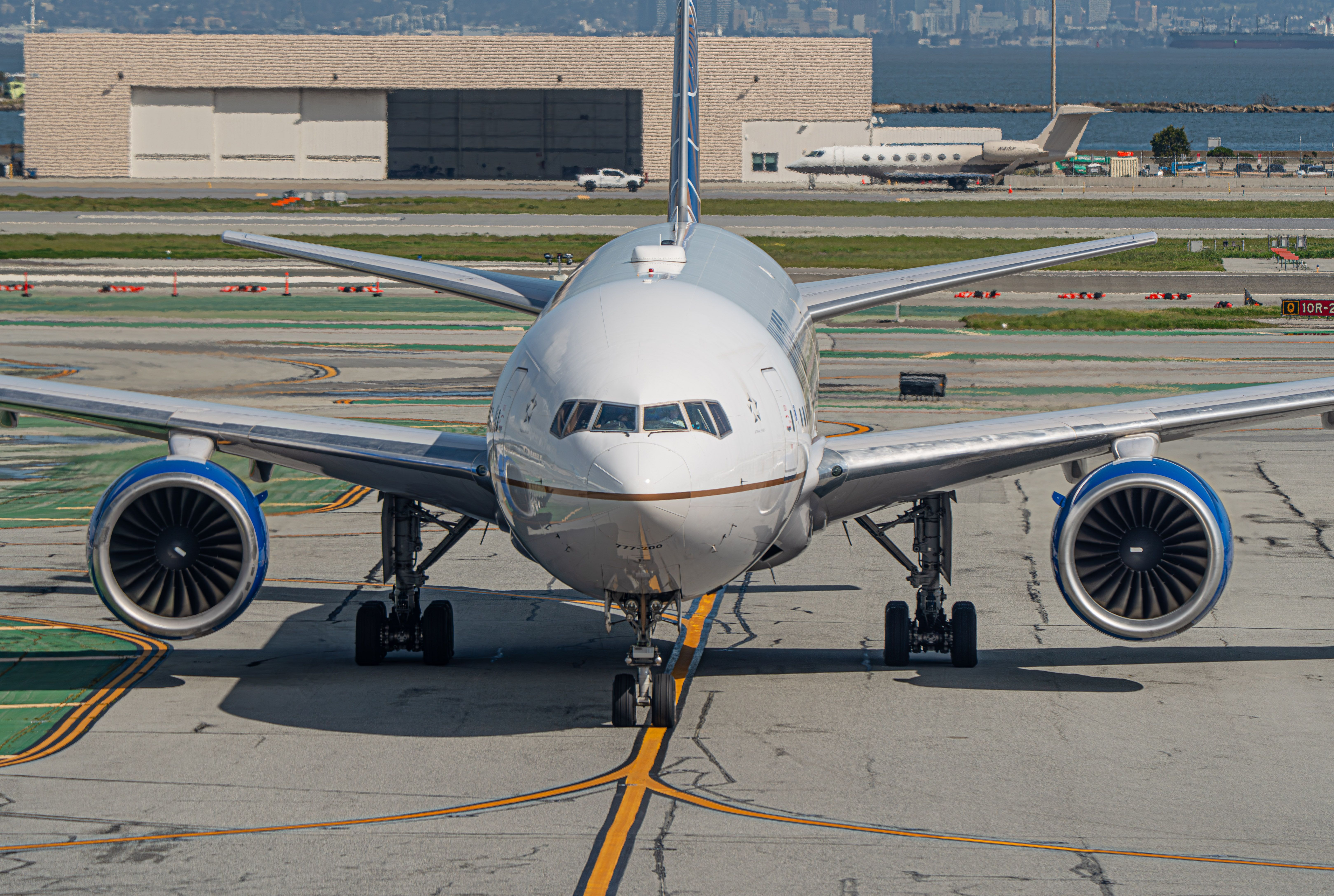
Related
The 3 Busiest Overseas Routes From Honolulu International Airport
All three routes are to the West Coast.
Runways at HNL
The Reef Runway is one of six runways at Honolulu International (HNL). There are four asphalt runways, including the shorter runways of 04L/22R and 04R/22L, as well as the 12,000-feet or 3,600-m asphalt runways designated as 08L/26R and 08R/26L. The other two runways are used exclusively for seaplanes as they are water runways designated as 04W/22W and 08W/26W.
Photo: Eric Broder Van Dyke | Shutterstock
History of the Reef Runway
- Completed: 1977
- Runway length: 12,000 ft
- Cost: $81 million
- The runway: a designated alternate landing site for the Space Shuttle
By the mid-century, Hawaii experienced a massive increase in tourists due to airlines increasing their frequencies and route networks to the state. By 1969, most major airlines, including American Airlines, United Airlines, Pan Am, Braniff, TWA, and Continental, served the state of Hawaii.
As a result, Honolulu International Airport began planning for a new Reef Runway in the 1960s to cope with this increase in demand. Work eventually began on the new runway in 1973, but the project faced stiff opposition from environmental groups. Provisions were made to ensure wildlife and marine life were not negatively impacted, so much so that surrounding water quality improved after the project.
Eventually, the runway was completed in 1977 for over $80 million, much of which came from the Federal Government under the 1970 Airport and Airway Development Act.
The Reef Runway was the world’s first major runway to be constructed entirely offshore. During NASA’s Space Shuttle operations, the runway was designated as a backup alternate landing strip for the Space Shuttle. According to BeatOfHawaii, the runway comprises almost 20 million cubic yards of material transported via hydraulic pumping and 16 million lbs of stone to support it.
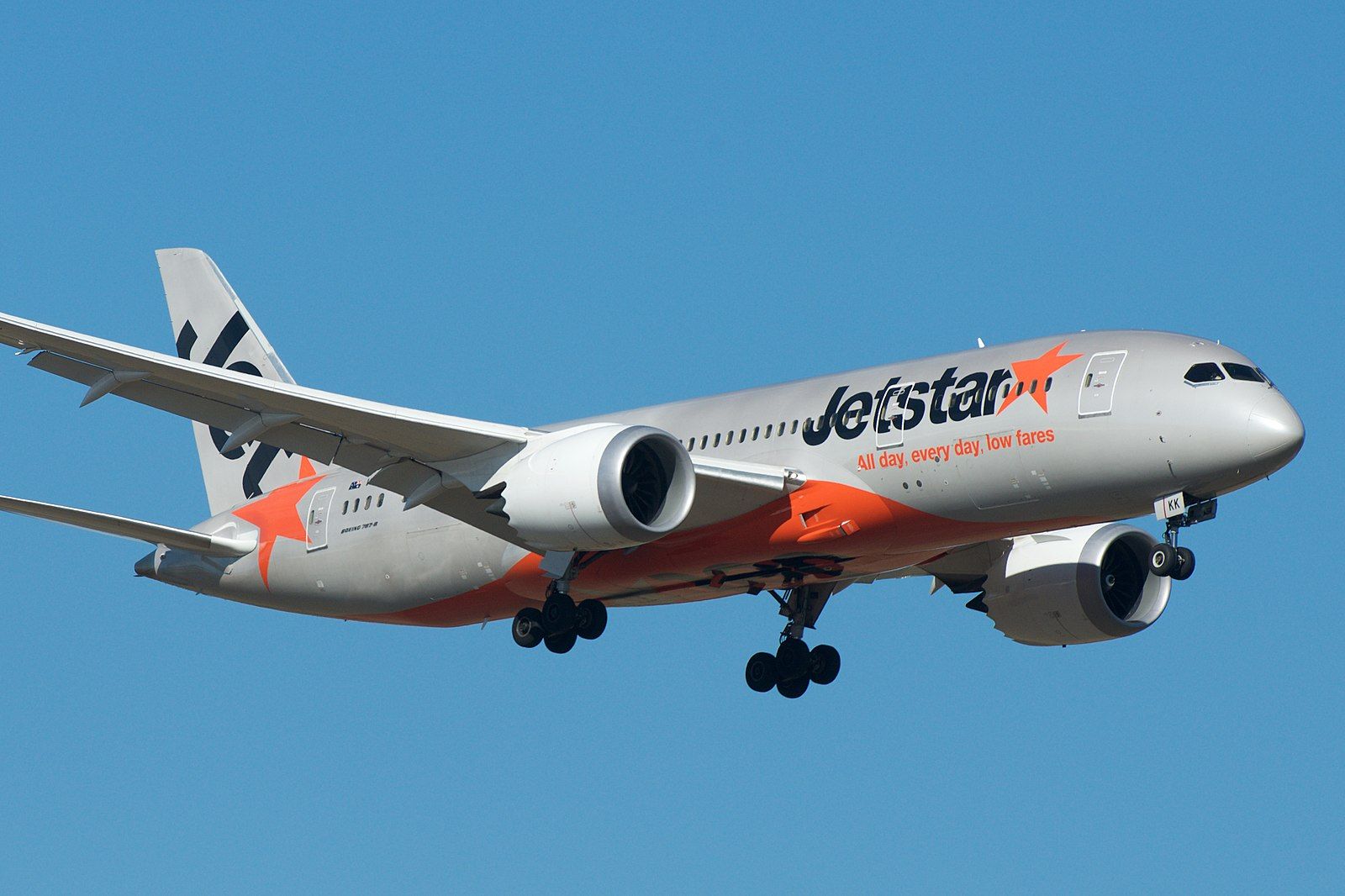
Related
The Longest Routes From Daniel K. Inouye International Airport In Honolulu
Four routes this month are over 5,000 miles.
Why was the Reef Runway built?
The Reef Runway was built for two main reasons, the first of which was predominantly economical – an increase in airport capacity would lead to more tourists. In addition to tourists coming from the mainland, Hawaii also saw a tourism boom from Japan and other countries in the region. This effort was indeed a significant investment initially, but it gave Hawaii the resources to expand its tourism sector, which is still its largest industry, representing a quarter of the economy.
The second reason was to reduce the amount of noise pollution. While the government wanted to increase the number of visitors, it was also concerned about the local population. Building the runway entirely offshore had the advantage of allowing aircraft to descend almost completely away from a large population area.
While noise pollution is undoubtedly a major consideration for governments worldwide, the reef runway’s environmental impact would be so immense nowadays that no government would be able to approve such a project. Thanks to technological innovation, modern aircraft tend to be much quieter, reducing the need for an offshore runway. Nevertheless, some major airports, such as Kansai International Airport (KIX) serving Osaka and Kobe, have been built on man-made islands due to insufficient space.
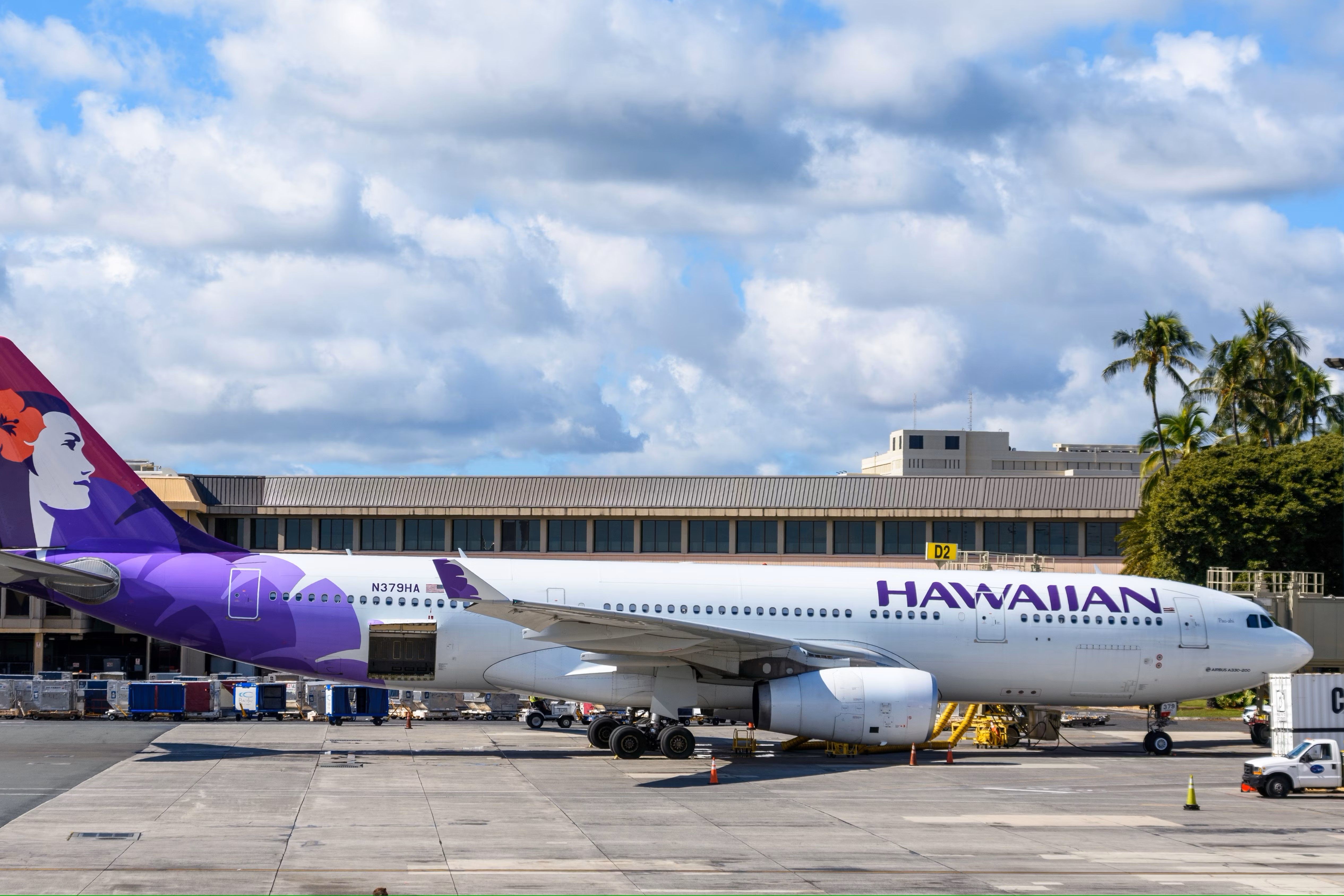
Related
Hawaiian Airlines Unveils Exclusive Lounge In Honolulu
The new lounge is exclusive to Hawaiian Airlines passengers.
Expansion of tourism in Hawaii
The construction of this revolutionary runway project paved the way for the expansion of tourism in Hawaii. Given the lower airport capacity, it would have been much more challenging to visit Hawaii without such a runway.
While a departure or landing on the Reef Runway comes with longer taxiing times due to its distance from the airport terminal, passengers are usually willing to put up with that, given the views and experience of landing/departing from this gorgeous runway.
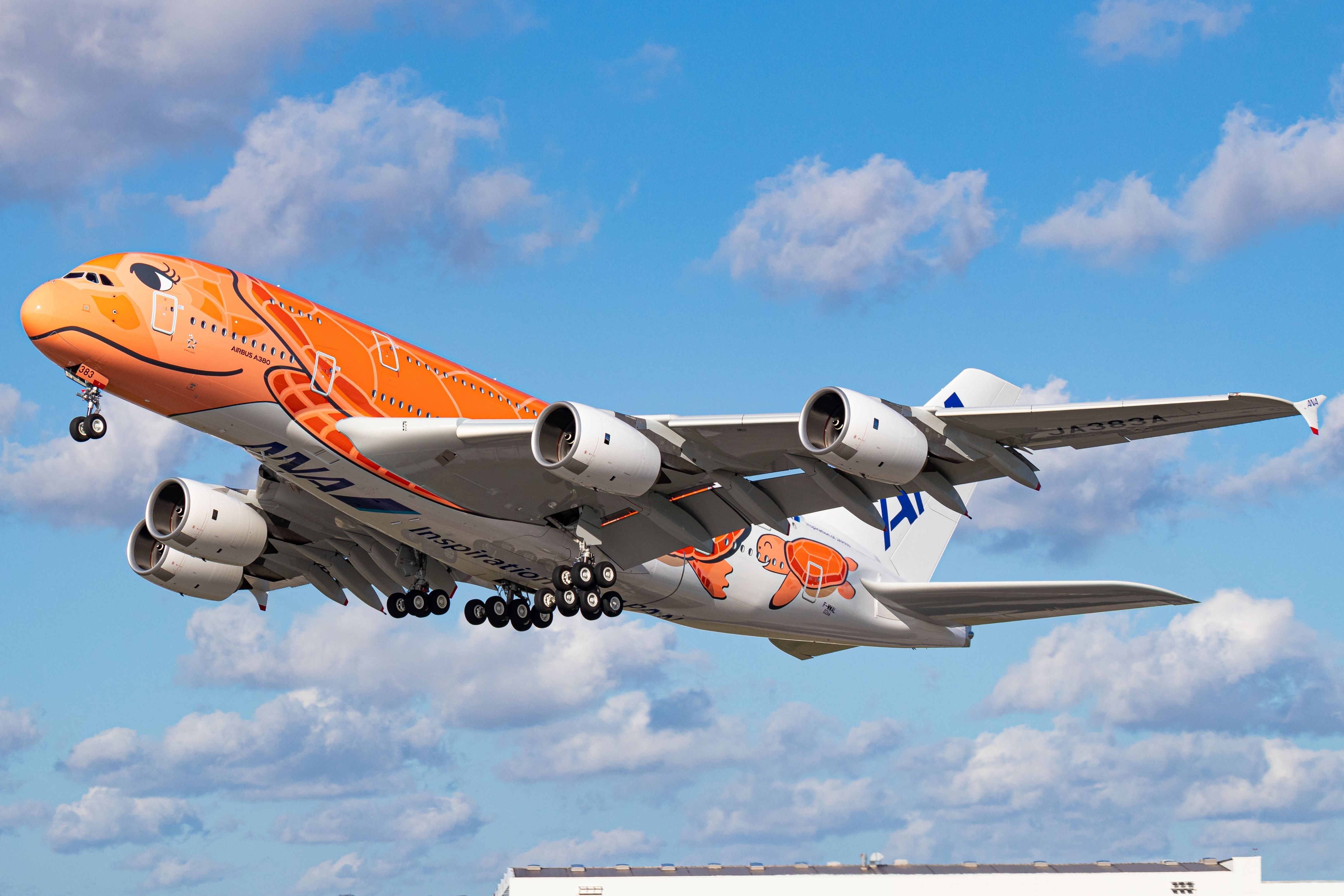
Related
ANA Expands Flights To Honolulu As 3rd Airbus A380 Enters Service
The most seat capacity on its Honolulu routes in the airline’s history will be offered, exceeding pre-pandemic numbers.

